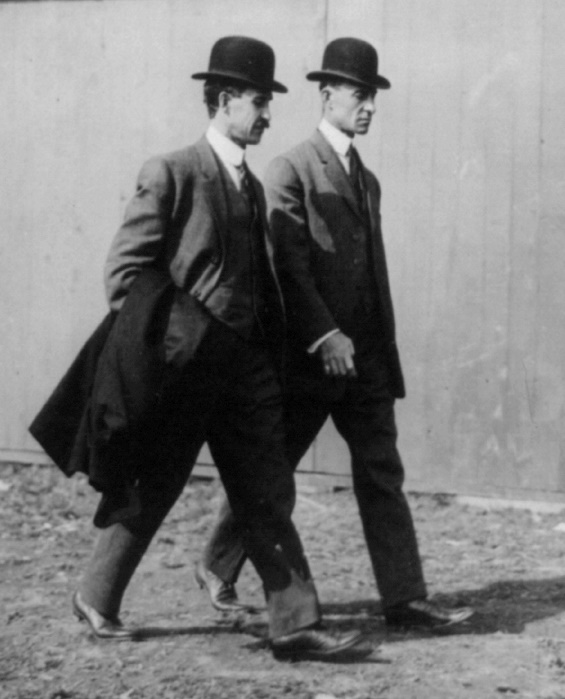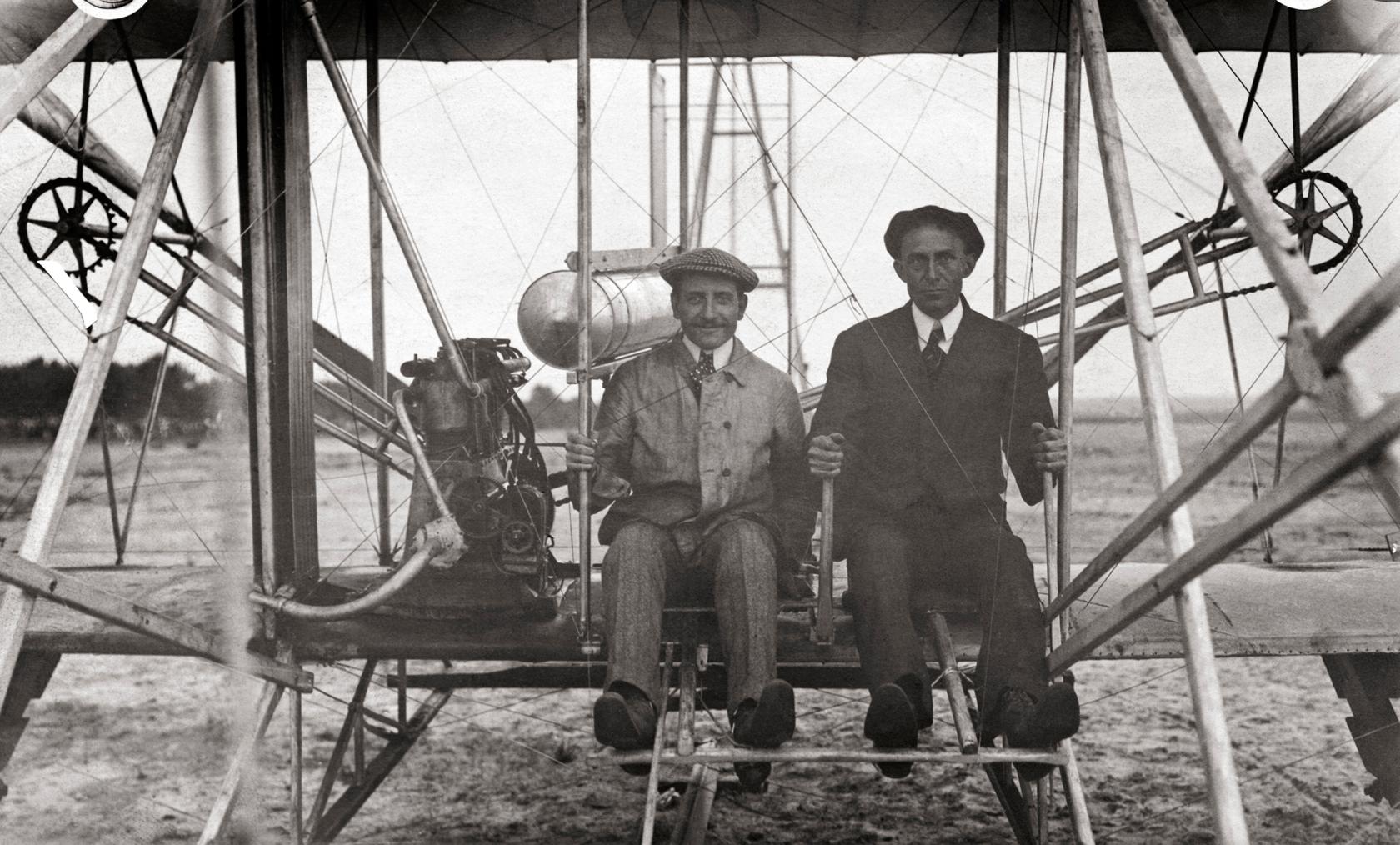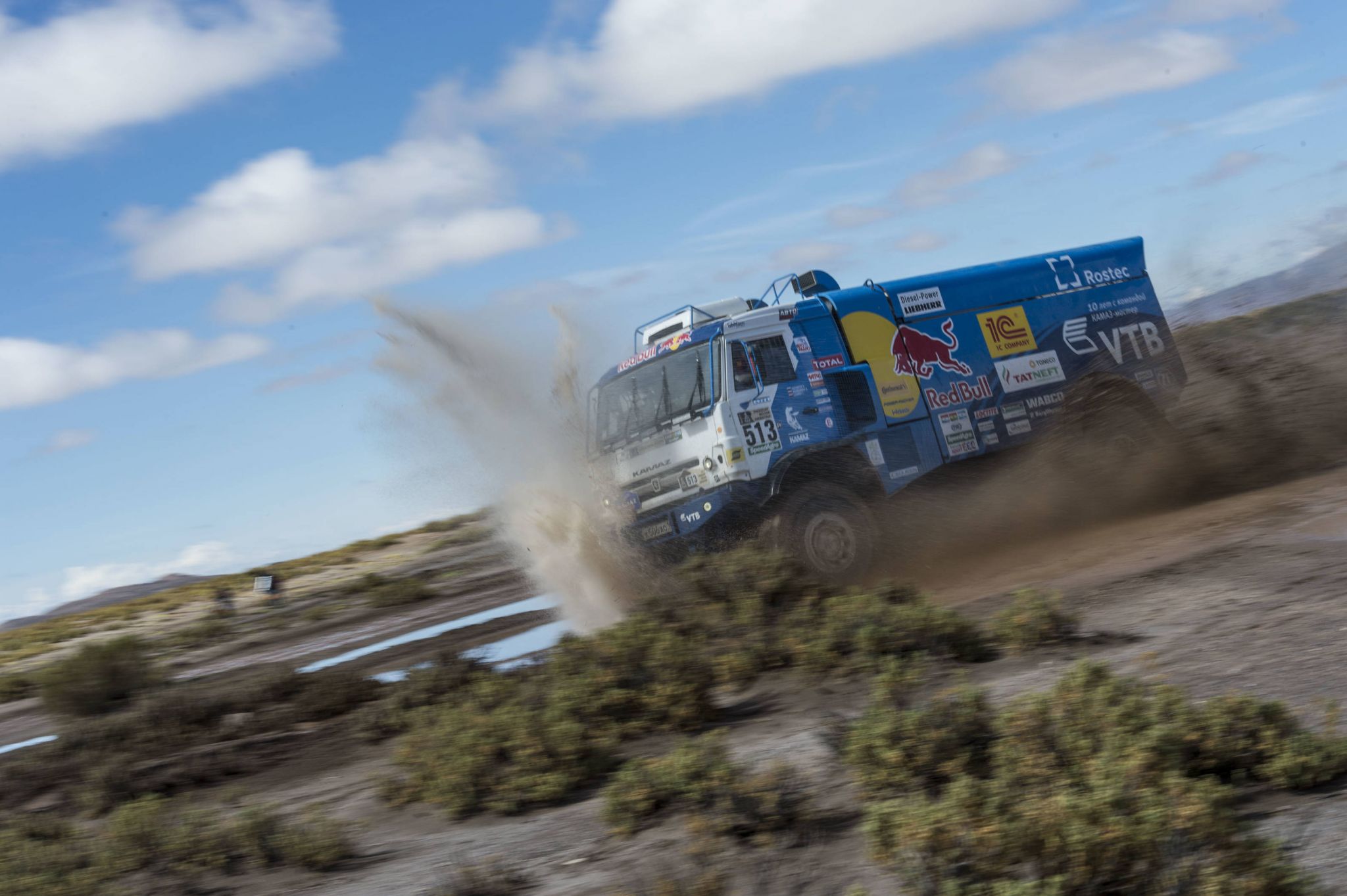The Wright Brothers
December 17, 1903. With names like Wilbur and Orville, they knew they’d have to do something big to impress the ladies. Out in Kill Devil Hills, in the Outer Banks of North Carolina, they waddled their powered glider into the air for that briefest of moments.

Fascinated by this photo my entire life, it has never failed to teach me, and on many levels. It taught me the standard-issue lessons the TV likes to bandy about, such as following your dreams or being bold. As an adult I tend to ignore such banter as nothing more than slogans.
I learned more though as I grew. As I learned the Wright Brothers’ story, I also learned about business. Being a dreamer and an innovator doesn’t mean a damn thing if you can’t sell it. You aren’t a hero unless the press release says so. TV and your mamma says “believe in yourself” but if you believe you are innocent of a crime and a jury of your peers doesn’t, let me know how that feels while you ruminate on it in the slammer.

The Wright Brothers knew how to build a flying machine, but men like Louis Bleriot would begin make sure the newspapers were paying attention. When he was the first man to fly across the English Channel, people knew before he even had the engine warmed up (the mustachio probably helped a lot too).
I also learned about patent wars and how the system is rigged to be a giant money-funnel to make sure the people with the biggest shovel get the results they want. The entire existence of the Wright Company was spent in court, and they only produced about 120 aircraft in 15 or so years, Wilbur died in 1914, wishing he had spent his time with experiments instead of court hearings. Orville divested a few years later and the company sloshed like flotsam through a series of mergers. It was eventually acquired by the Curtiss company in a sad twist of fate (I will not bring up Glenn Curtiss, the story is sad enough), and disappeared into the aether.
Perhaps the strongest lesson I learned from staring endlessly at pictures of the Wright’s first flight came several times, like hammer blows. At several museums I’ve run into cut-aways and replicas of the engine used in the original Wright Flyer (the craft used two of course), and I understood it was rudimentary. It had no oil pump; you just filled it with oil and that absorbed heat. It was absurdly heavy. The propeller looked like something you bought for $1.25 from the ice cream man, attached to a rubber band.
But seeing one of the actual production models in its mashed together sadness once really showed me what “a wing and a prayer” meant. These guys must have been nuts to think this hunk of metal would do anything but anchor them to the each, catch fire, and send a spinning wooden blade bouncing across the beach.

But the aircraft flew. However awkwardly, it flew. And that lesson was valuable. Wilbur & Orville did not wait until technology delivered them the right engine technology. They did not wait until structural engineering textbooks gave them the stress equations needed to hold their wings together, or balance the aircraft in flight. They took what was around them and, if they couldn’t find what they needed, created it themselves.
I need a daily dose of that lesson. Waiting for the right time is never the right game plan. There are certainly times to wait, but you can still be taking action. Saving money, building contacts, taking a course, studying a market trend. None of that sounds like “waiting.” That sounds like “preparing.”
And so, enough talk of the past. Off to our own horizons, and hopefully further than 120 feet. Although, to be fair, by the end of the day, and four flights, they were already at 852 feet. We should all hope to have a day that productive.
(Note: The cover photo is of Wilbur Wright with French aviator Paul Zens, not Orville.)





